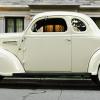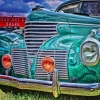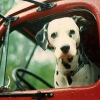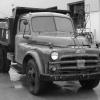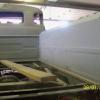Leaderboard
Popular Content
Showing content with the highest reputation on 06/18/2017 in Posts
-
5 points
-
3 points
-
coat it with a good solution of water and coolant with proper rust inhibitor additives.2 points
-
2 points
-
2 points
-
1 point
-
That would be the cast date. I've always heard they liked to let them season for a while so your actual build date is likely later.1 point
-
Mines lasted 70 years without. I'd be afraid of particles sluffing off and clogging other parts and passageways. Leave it like the engineers planned it.1 point
-
This not an attack of any manner on the person asking for advice. However in the very first response to a suggestion it is only then we have any information about changes in a vehicle from stock condition. Without this pertinent information supplied in the beforehand, how can anyone truly make a call. Changes as simple as 6 to 12 volt change all responses for the most part, the changing to the Pertronix is another twist in the mix that plays greatly in the making of a diagnosis. ONLY when these facts are pointed out to the forum population can the forum respond with likely valid scenarios. Any changes in the fuel or electrical systems of this engine needs be made known up front at this time to give the tech heads a valid starting point. Please describe any changes made to your car that you are aware of, they are very important when trying to troubleshoot. Thanks..it will benefit you greatly1 point
-
the book has all the specifics for testing the starter motor free of the engine and on the bench...free run speed, current draw and voltage drop..unfortunately not many folks have the resistor, torque gauge or amp gauge laying about that will handle up to 500 amps. nor a direct read rpm gauge for verifying rotational speed at free run. Quick tests as knuckle points out are mainly used at home and can point out some problems. Usually worn brushes but more common is the elongated rear bushing. The bush wear will cause the armature to drag on the field and cause excessive amperage drain on the battery and in car test can usually indicate this problem by rapid heating of the battery cable and slow turning of the engine...a amp draw test with a clip on meter would be good test here, these inductive meter wee not available back in the days these book were written. Don't rule out the voltage drop that could be in the cables itself indicating starter problems, this test is easily performed at home also.1 point
-
I "bench test" mine by clamping a jumper cable to the hot post and then use the other jumper cable to touch the mounting plate area. If the starter drive moves smartly and spins vigorously,it's "bench tested". There are load testers you can buy to get specific numbers,but I never bothered with them. If the starter drive travels back to the rear and spins fast with enough torque to want to spin the starter body around on the floor,it will start the car. If that isn't want you want to know,do a web search for "starter test equipment". AFAIK,all the test are the Amp draw and the RPM's,so it using one can't be any more complicated than my floor test. One cable goes to the hot stud and one goes to the ground.1 point
-
It is a 1953 Kaiser Manhatten 2 door sedan The attached photo of the green 1951 Kaiser Special is a production 4 door sedan. The rear door on the 4 door sedan is longer than the quarter glass on the 2 door sedan due to the longer front door, which was also used on the business coupe and the club coupe. The red and grey 1951 Kaiser Special is a two door sedan - note how narrow the strip is between the rear window and the trunk lid. The red 1951 Kaiser DeLuxe is a Club Coupe - note the wider gap between the rear window and trunk lid as the rear seat is further forward due to the shorter greenhouse. The same trunk lid was used on all models except the Travelers. The Club Coupes are rare but most people like them over the two door sedans.1 point
-
1 point
-
1 point
-
I did not do that - it makes sense - I know it's something little like that. Here I go. If this works I will give you my grandson.1 point
-
This is a friendly warning to those of you who have got into the 'old car hobby' recently.You really need to check these cars out before you hit the streets. They are 60 yrs old or so and who knows what tey have been thru or what has been done prior to your ownership. Car might look shiny and all chromey, neet as a pin. Or it could be something that was recently dragged out of a ditch that's been home for the last ....??? Do yourself and all of us a favor and go over the front and rear suspension and steering. I say this because no matter what the PO told you, you just don't know what you don't know. I am going thru the front suspension on my '52. All was ok with the left front....got to the right front and found this...... This is the nut and pin that hold the lower control arm to the spindle. The nut is finger loose in this pic. Not good. So the message here is that just because you pour some gas into the carb, fire it up and go for a cruise, doesn't mean it is safe to do so. Suspension, steering and brakes......check 'em out before they check you out.1 point
-
This message is equally important to some ole timers as well.......those that become complacent in their routine work...maybe taking a shortcut, or the I'll get it next time mentality...hopefully these just end up as shot in the foot and a flatbed ride home and no other casualties. If doing any work...make a check list and double check your work. Majority of problems that arrive here are owner inflicted due to either poor workmanship and usually always during a routine they had done before in the "surely I did this right" in their mind and question everything beside the work they just completed.1 point
-
1 point
-
Don, super cool trick! Worked like a champ! Taking my boy out for a ride now.1 point
-
1 point
-
1 point
-
1 point
-
I didn't use it between gasket and block. Just between pan and gasket and made sure I went around each bolt hole.1 point
-
The Ultimate Art Deco Car - The Chrysler in Australia was pretty much the top of the tree in 1940. There were a few Imperials around in 1938/39 and they were trimmed similarly to mine. The TJ Richards version of the C25 had the 38/39 cabin with the 40 front dog house and rear guards (fenders) grafted on. Personally I think it looks better than the US version... TJ Richards records are pretty scarce, so I don't know exactly how many Chryslers were made here. At best there were about 160 of these - assuming all the bare chassis that left the factory came to Australia. I know of one other ex US embassy car in Melbourne, Victoria and I've seen a photo of one in Maroochydore, Queensland. The interior is trimmed with Art Deco style door panels and on the front seat back. The rear panels above the armrests had the same pattern stitched into them. The original seats are actually green leather with the same pattern stitched into them. The plaid is just a later cover. Unfortunately the leather is hard and has seen better days (and mice...) Rick1 point
-
Thoughts on the 1937 -1939 Chrysler cars.... The 1937 Plymouth was advertised as the "ALL STEEL" car. This referred to the fact that they were stamping the roofs in solid sheet metal and getting rid of the rectangular vinyl insert that was found on 1936 and prior cars. If you take a good look at the 1939 Plymouth the only "flat" exterior body panels were the two vertical drop boards that go between the hood halves and the front fenders. Every other inch of the car has some king of curved or compound curved surface. As a result the 1939 Plymouth Coupes were considered "bulbous" with huge curved fenders, roof line and trunk lid. It seems the technical ability to stamp / press large panels of metal into extremely curvaceous body panels reached a crescendo with the 1939 Plymouth Coupe (and sedans to a lesser extent). As a result some people find the 39's overdone. They look almost cartoon like...and I love it. The 1940 and on redesign saw the bodies widen and the fenders shrink. The 1941 Plymouth might be one of the most balanced designs of the decade and is a poor mans classic. The point is that prior to 1940 the cars peaked in their curvaceous styling and "roundness", maybe a love it or leave it for some folks but none the less a beautiful exercise in design and technical abilities to produce an almost exaggerated larger then life statement. Over 30 years of ownership the 1939 Plymouth Coupe has had many small children literally run from their parents towards the car like it was a "cartoon" car in larger then life scale. Let me know what you think. Pictured below.......1 point
-
picture of the sister car to the 39 Chrysler is the 39 Desoto that has been HPOF certified. With Gracho sitting onthe front fender Rich Hartung1 point
-
A Flathead revving to 10,000 ..... I'd get at least 2 blocks away and fast! I've once had my slightly built 218 to 5200 and that was scary...1 point
-
ggdad, First to expand a little more than earlier. This generation card actually has three rows of columns, the third one being down the middle. You were referencing the third row in your original post. If you have any options appearing in the third row of columns the punches would be in the the second row columns 73,74, or 75 and the corresponding printed number would be in the appropriate third row columns. I hope thats not to confusing. You do not have any options there anyway. Your truck's sales order number is 412756. This number is generated when the truck order is entered and eventually becomes the invoice number to the dealer. See my attached photo of a half ton invoice number. The trucks didn't leave the factory in the same sequence that the orders were entered so that is why the invoice numbers are not in chronological order. You have a red 1951 one ton express truck with single rear wheels. The original tire size front and rear was 7.50 x 16 - 8 ply. I believe the anomaly with the "B" in your transmission column is a mistake. It is probably supposed to be a "7". If you take away the top punch the "B" becomes a "7". That would be for a four speed helical tranmission with an 11 inch clutch. you also have the Delux cab and optional heavy duty air cleaner and oil filter. Anything I didn't mention should be obvious but if you have a question on anything let me know. If anyone is interested in obtaining a build card for their truck, which should be everybody reading this, they are available up through 1954 and some '55s. The Chrysler website says something else, 1950 I think, just disregard that. They won't fix it for some reason. Kevin Clause1 point
-
ggdad, The punches mean the exact same thing as the text at the top of the columns. There are two rows of 45 columns on each card. A single punch is an odd number. That same punch along with a punch for a 9 makes it an even number. Top punch is a 0. Next down is a 1 or 2, third line is a 3 or 4, fourth line is 5 or 6, fifth line is 7 or 8, last line is the 9. The alpha characters use combinations of 2 and 3 punches. One anomaly is the "B" in column 49. That would normally be a number in that spot. I don't have my books in front of me, so later I'll look up your codes and tell you what they mean. Kevin Clause1 point
-
I'm running an 8" Merc Monarch under mine. Perches need to be removed and repositioned, narrowed to work with original springs. Offset on original rims may not work. Brake lines a bit tight to springs.1 point


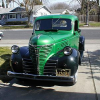


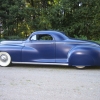
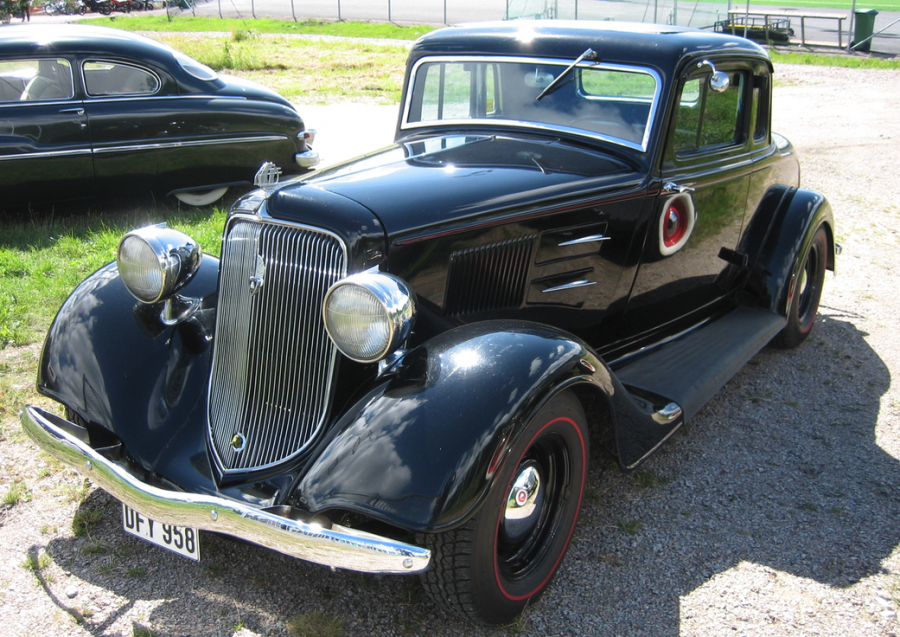
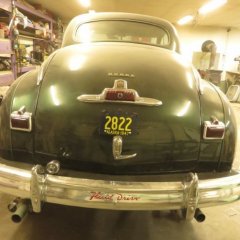
.jpg.50c4c930092d7cc9fa8403f3783d6c1a.jpg)


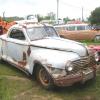

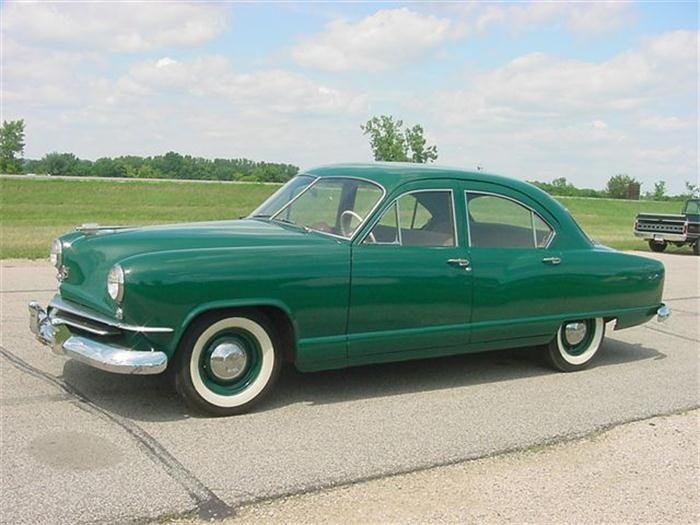
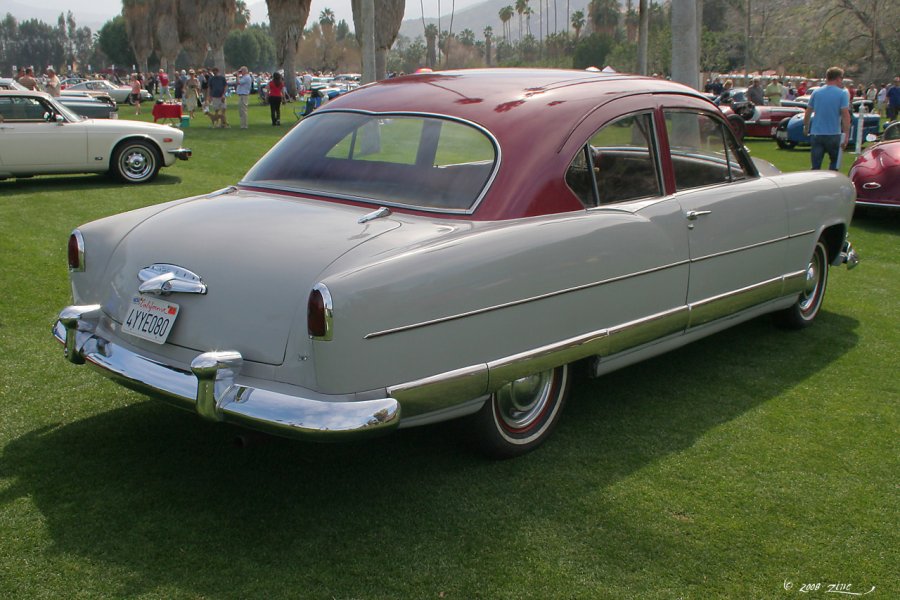

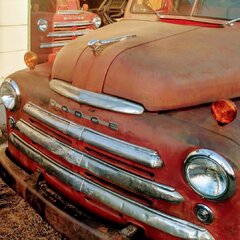
.jpg.6d8681f2f947e9392a2b537c94ffd89d.jpg)
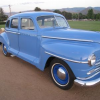
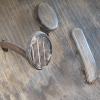


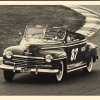
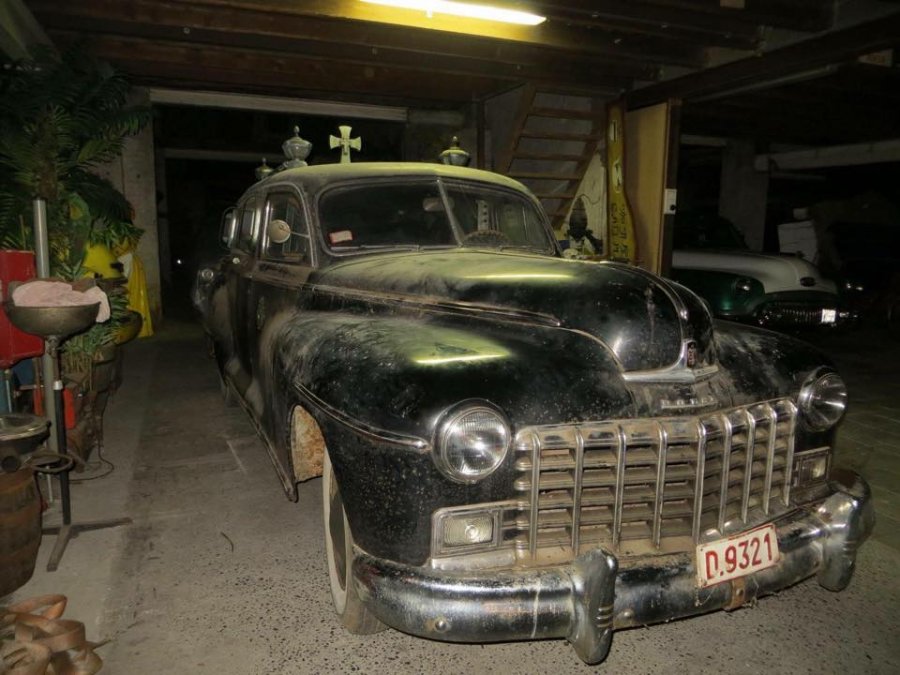



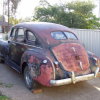
.jpg.fa2ade05f1042306b00f32cd1088fa79.jpg)
.jpg.f66029d6285190ab402b4276966da9dd.jpg)
.jpg.a5263d6dc81e8943bfb6444ff74f99e5.jpg)
